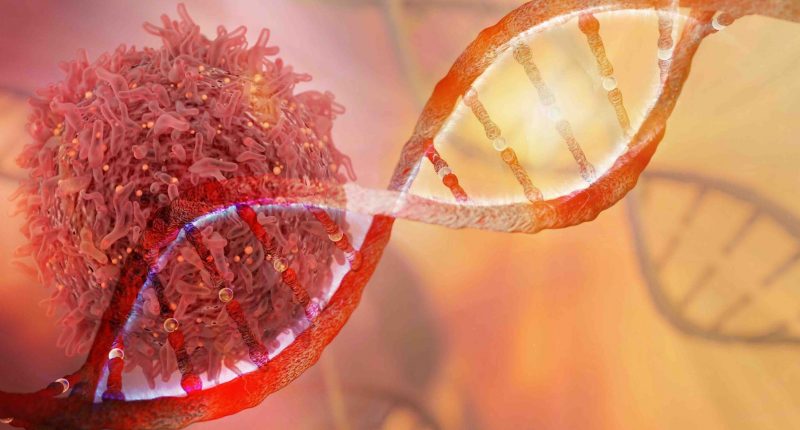Race Oncology (ASX:RAC) has announced a preclinical breakthrough in heart toxicity side effects caused by the carfilzomib, which had precluded the drug being administered to patients diagnosed with elevated cardiac risk factors.
In work performed under contract by Labcorp in the United States, Race Oncology said that bisantrene, as a single agent treatment, was found to be effective against human multiple myeloma in a mouse model and even more effective in combination with the standard of care multiple myeloma proteasome inhibitor, carfilzomib.
While effective in treating multiple myeloma, the downside was that carfilzomib’s “serious heart toxicity side-effects” meant that patients carrying the yoke of serious cardiac risk factors could not be treated with the drug.
Critically, however, Race had previously discovered that bisantrene was able to protect human heart muscle cells from the toxicity caused by carfilzomib.
In the recent mouse model, treatment with bisantrene was found to significantly slow multiple myeloma disease progression, whereas carfilzomib – at the maximum tolerated dosage – showed no single-agent activity.
Despite a lack of activity when used in isolation, carfilzomib – when combined with bisantrene -was able to slow disease progression more than bisantrene treatment alone.
Race said that these “promising results” suggest that the combination of bisantrene and carfilzomib is highly active and warrants further investigation as a potentially heart-safer treatment option for multiple myeloma patients.
Race Chief Executive Officer, Dr Daniel Tillett comments: “It is always exciting to see the potential clinical utility of bisantrene grow. Carfilzomib is a highly active treatment for multiple myeloma, but it comes with very serious cardiotoxicity risks.
“The potential for using bisantrene to not only better treat multiple myeloma, but also protect patients from the heart damage caused by carfilzomib, is worthy of further investigation.”
RAC was up nearly 4% trading at $1.96.







